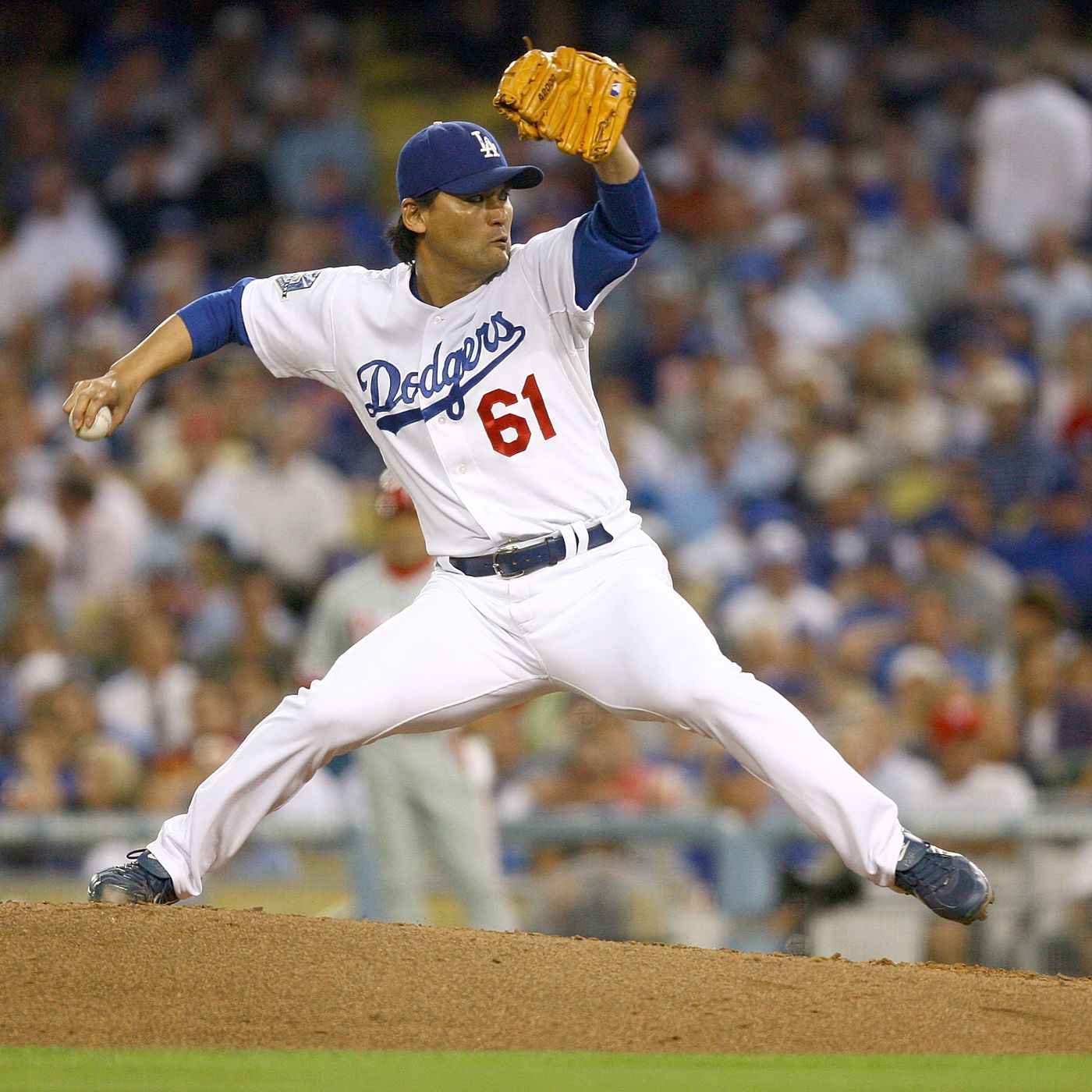There are three people in a baseball game that typically call baseball pitches.
From my experience as a player, it was typically the pitching coach who called pitches.
Outside of the pitching coach the other people that call pitches are the head coach and the catcher.
Let’s take a look at the reasons why each of these people is involved in calling pitches.
Pitching Coach
A pitching coach is a full-time coach who is on the coaching staff and his entire role is focused on the development of pitchers. In Little League andin high school baseball most schools don’t have the budgets for a designated pitching coach so the head coach will wear multiple hats and serve as the pitching coach as well.
But in situations when programs can afford a designated pitching coach they are the most likely to call pitches in a baseball game.
Pitching coaches work closely with pictures throughout the week and monitor their bullpen drills and know the ins and outs of what pitches a picture is confident in.
When I was in college I had pitching coaches that would relay signals into the catcher and the catcher would relay those signs to me on the pitching mound.
There were times when I didn’t want to throw the pitch called but it was a big No-No to shake off the pitching coach that I had at the time. Pitching coaches are very discreet with how they relay signs to the catcher so the opposing team can’t pick up on them.
I remember one college coach had nine different zones in multiple fake signals that he used to send in pictures to the catcher.
Opposing teams spend time during the game watching the signals and trying to get an idea of what they mean so they can relay this information to the batter so they can have an edge.
Catcher
The second most likely person to call pitches is typically the catcher. If a team does not have a pitching coach and the head coach is busy juggling multiple roles he will sometimes turn over the pitch-calling duties to the catcher.
Catchers are known as field generals and no one has a better seat behind the plate to determine what type of pitch to throw than a catcher.
A picture can gain a ton of confidence by trusting his catcher and throwing with intent whatever pitch is called.
On the other hand I have had issues with catchers that insisted on me throwing a pitch that I didn’t have a ton of confidence in.
In situations like this pictures and catchers can have tension between them on what pitch is best to throw in what situation.
Some pictures feel more comfortable with certain catchers than others even if they aren’t as skilled.
As a former pitcher, there is no worse feeling on the mound than when you aren’t meshing with the catcher you are throwing to.
Head Coach
The next person who is likely to call pitches is the head baseball coach. As mentioned earlier, many head baseball coaches also hold the pitching coach role and feel like calling pitches gives them the ultimate control of how the game will unfold.
From my experience, one issue with head coaches calling pitches is that they typically aren’t spending the same amount of time in the bullpen as a pitching coach or catcher is.
Having a head coach call pitches for me was my least favorite option because I didn’t feel like they had as close of a pulse as my catcher or pitching coach would on what type of pitches were working for me that day.
In college I had a head coach who insisted on calling pitches and Midway through the season he turned over the pitch-calling duties to the catcher.
I noticed an immediate impact on my performance and confidence on the mound simply by being able to coordinate with my catcher on what type of pitches I wanted to throw in what situations.
Final Word
Baseball is such a fascinating game and pitch calling is one of the many chess matches that go on during a baseball game.
Calling pitches well takes a ton of practice and experience in in-game situations most importantly communicating with the picture to understand what their confidence level is in certain pitches on certain days is vital.
Some days pictures will have a great feel for a breaking ball and the next day they can’t find the strike zone with it. Communication is key and that is why you will see pictures and catchers speaking so frequently on a baseball field.

